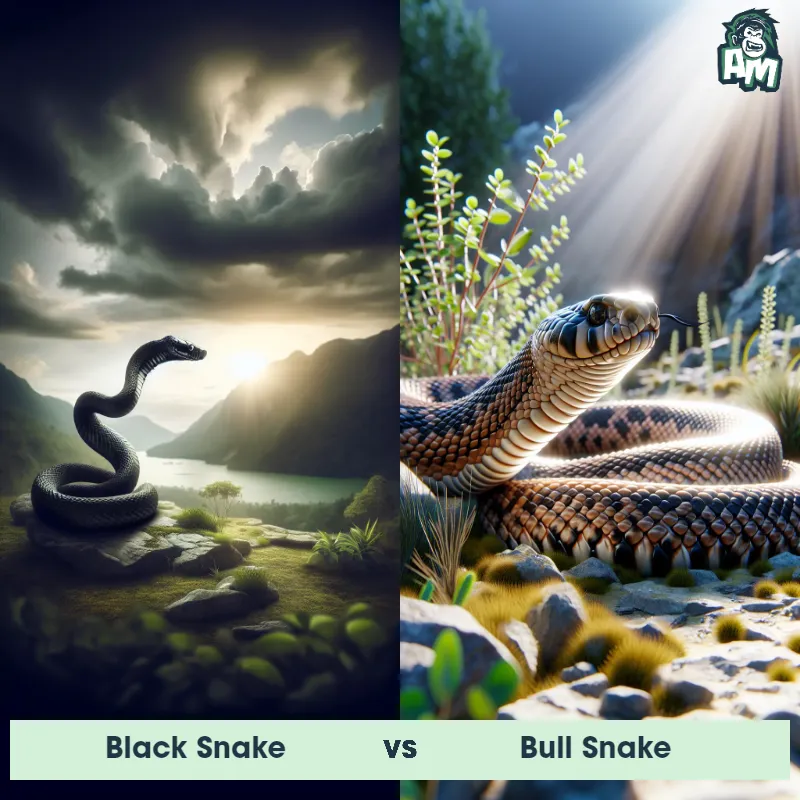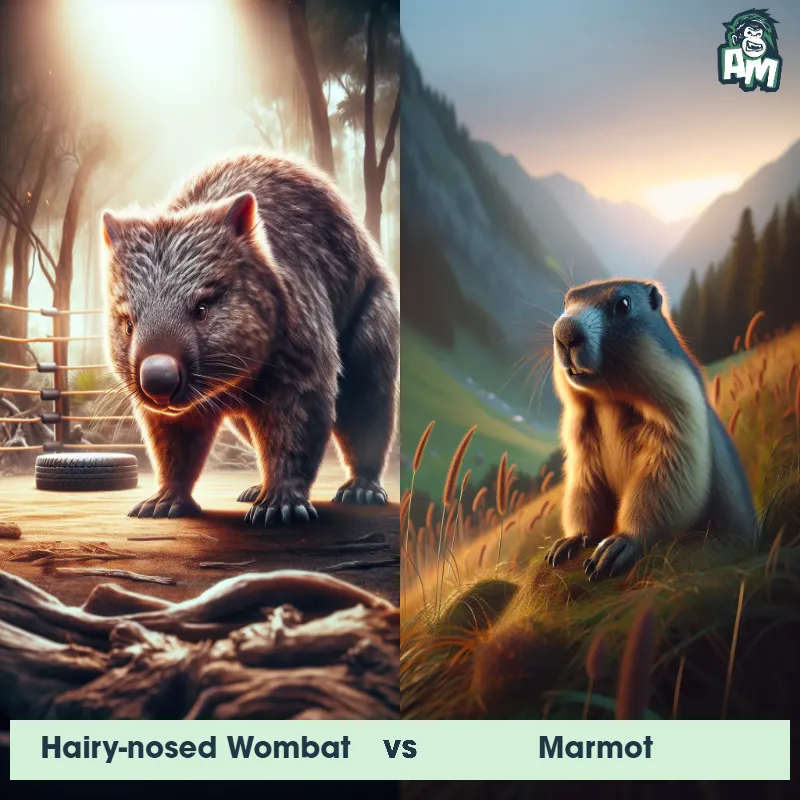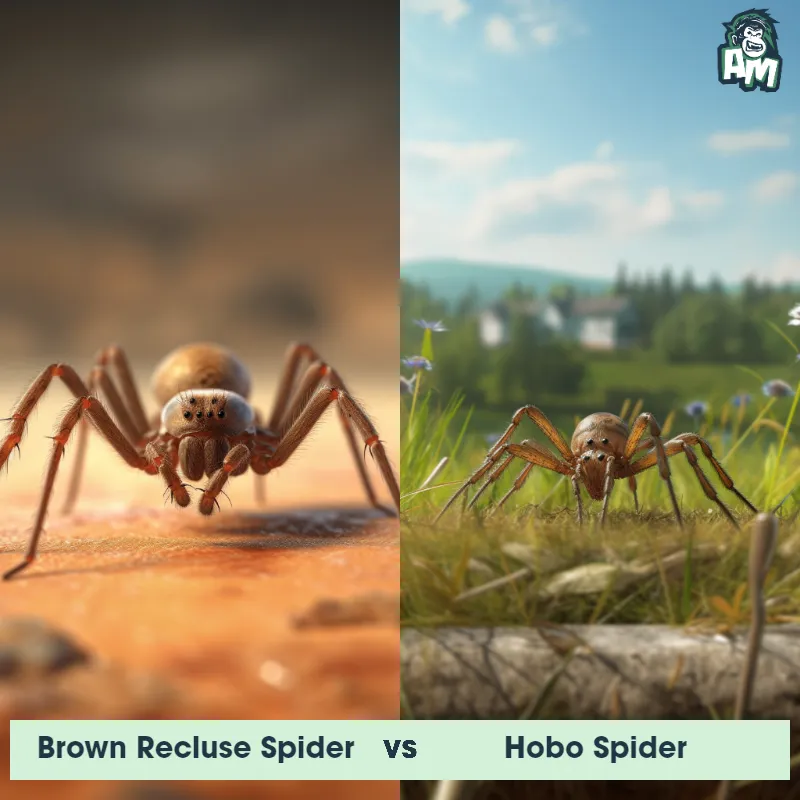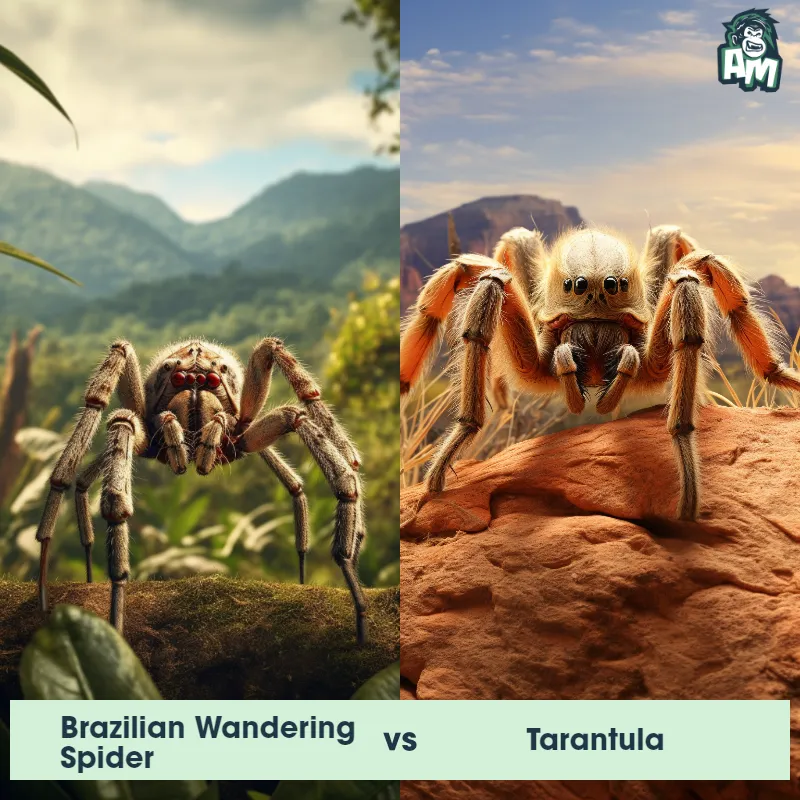Brazilian Wandering Spider vs Brown Recluse SpiderSee Who Wins

Welcome to this exciting match-up between two formidable arachnids: the Brazilian Wandering Spider and the Brown Recluse Spider! Both of these spiders are known for their potent venom, and we're here to witness a three-round battle to see who comes out on top. I'll be providing you with a play-by-play commentary, so let's dive right in!
Contender 1: Brazilian Wandering Spider
The Brazilian Wandering Spider, also known as the banana spider, is a highly venomous spider found in South and Central America. It is known for its aggressive behavior and wandering tendencies, often found in homes and gardens. The spider can grow up to 5 inches in leg span and has distinctive markings on its body, including a red spot on its abdomen. Its venom can cause paralysis and even death in humans.
Fun Fact: The Brazilian Wandering Spider is known for its unique mating ritual, where the male spider performs a dance to attract the female. If the female is not interested, she may attack and kill the male.
Contender 2: Brown Recluse Spider
The Brown Recluse Spider, also known as the violin spider, is a venomous spider found in the United States. They are typically brown in color and have a distinctive violin-shaped marking on their back. Brown Recluse Spiders are known for their reclusive behavior and tend to hide in dark, quiet places such as closets, attics, and basements. Their venom can cause necrosis, or tissue death, in humans and can be potentially fatal if left untreated.
Fun Fact: Brown Recluse Spiders are able to survive for up to six months without food or water, making them incredibly resilient creatures.
Matchup Stats
| Brazilian Wandering Spider | Brown Recluse Spider | |
|---|---|---|
| Size | Up to 5 inches (12.7 cm) | 0.25-0.75 inches (0.6-1.9 cm) |
| Weight | Up to 0.3 ounces (8.5 g) | 0.0003-0.0005 ounces (0.008-0.014 grams) |
| Speed | Speed: 1.5 mph (2.4 km/hr) | Speed: 0.62 mph (1 km/hr) |
| Key Strength | Venomous bite | Venomous bite |
| Biggest Weakness | Vulnerable to predators | Reclusive behavior |
Current Votes
Brazilian Wandering Spider vs Brown Recluse Spider
See Who Wins
View More Matches
Looking For More?
Similar Matches
Scientific Stats
| Brazilian Wandering Spider | Brown Recluse Spider | |
|---|---|---|
| Scientific Name | Phoneutria nigriventer | Loxosceles reclusa |
| Family | Ctenidae | Sicariidae |
| Habitat | Homes and gardens | Dark, quiet places such as closets, attics, and basements |
| Geography | South and Central America | United States |
| Diet | Insects, small animals, and other spiders | Insects such as cockroaches and crickets |
| Lifespan | 1 year - 4 years | 1 year - 2 years |
Key Differences between Brazilian Wandering Spider and Brown Recluse Spider
- Size: Brazilian Wandering Spiders are larger than Brown Recluse Spiders, with a leg span of up to 6 inches compared to the Brown Recluse's 1-1.5 inches.
- Venom: Brazilian Wandering Spiders have a highly toxic venom that can cause paralysis and death, while Brown Recluse Spiders have a venom that can cause tissue damage and necrosis.
- Habitat: Brazilian Wandering Spiders are found in Central and South America, while Brown Recluse Spiders are found in the United States.
- Web: Brazilian Wandering Spiders do not spin webs, while Brown Recluse Spiders spin irregular webs.
- Color: Brazilian Wandering Spiders are typically brown with black stripes or spots, while Brown Recluse Spiders are light to dark brown with a distinctive violin-shaped marking on their backs.
















